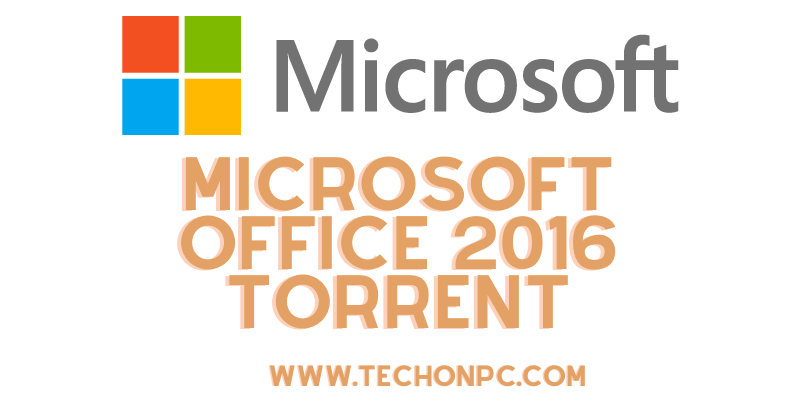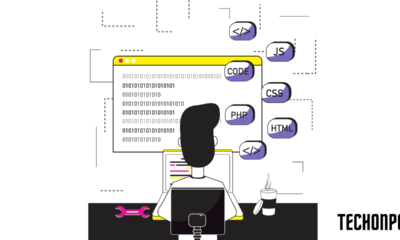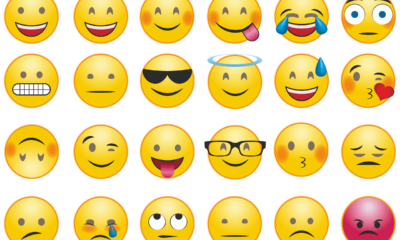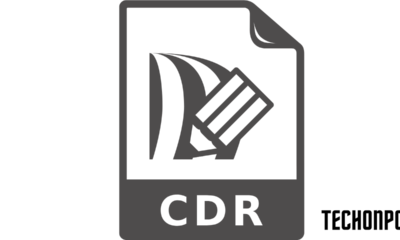Education
What Should You Know About Brand Protection?
Published
3 years agoon
By
techonpc
What Should You Know About Brand Protection?
There are multiple types of brand infringement that you should consider when you have a business. How do we protect ourselves from this? For more details, read further.
Perhaps due to the fast-paced industry, pioneering businesses have been sprouting everywhere, including those that are unregulated. As a result, intellectual properties such as design rights, author’s rights, geographical indication, trade dress, copyright, patent, trademarks, and many other IPs of different companies have a high risk of duplication and infringements.
Why are big brands in the industry often the ones pirated? It is because of their well-built reputation and marketable value. This is the reason why brand protection exists and is considered by millions of brands worldwide to shield their intellectual property from abuse and exploitation.
Main types of brand infringement
Brand infringement is generally the act of exploitation and abuse of other brands’ (especially the well-established ones) intellectual property. Brand Infringement can take form in:
Copyright infringement
Basically, a copyright is an exclusive legal protection right given the original creators, producers, publishers, or researchers of scientific or artistic work. These originators are the only ones who can publish, print, or film their own intellectual property unless another assignee is permitted. Copyright infringement is an illegal act of copying, for example, a publishers’ content, a photographer’s picture, an artist’s original composition, and any other act of using inauthentic works that do not give enough credit to the originator.
Counterfeiting
Counterfeiting is the complete imitation of an original brand’s products and services. However, this can only be successfully done through external sources. For example, you might see a pair of shoes at your local store with the label “Nike.” However, you would surely know you are not shopping from an original Nike store because there are several other brands displayed on the store’s shelves. The store owner’s violation is called counterfeiting. The owner intentionally abused the design, reputation, and the name of the brand by using completely the same trademarks and logos without permission from the originators.
Rogue websites
These sites contain a significant amount of malicious content that is solely intended to take benefit from other brands’ marketability. Specifically, the goal is to mislead customers into the site to receive sales and generate income out of the originator’s reliable reputation.
This comes in several kinds, including:
- Typosquatters – This optimizes the technique of taking advantage of people’s typographical errors while entering the original brands’ website addresses.
- Cybersquatters – This optimizes the technique of claiming domain names to benefit from the originator’s trademarks.
- Imitation sites – These are the sites that completely copy an existing brand’s site in order to take advantage of misled customers or clients.
Brand piracy
Violators intentionally duplicate authentic products such as films, artworks, designs, pictures, books, and anything made by an originator to generate their own income from its sales. They also promote these copied products in the market with a lower price to attract buyers and to profit from people who can’t buy from the original, legal listings.
Patent theft
New inventors who have just started a registered small business are entitled to have patent rights. These inventors have invested so much energy, money, and time for the success and development of their pioneering businesses.
This is why they are legally protected. However, there are these external parties called patent violators who harvest the fruits of an inventor’s labor by utilizing their designs and secretly profiting from it. As a result, the inventor would just be surprised how other similarly designed brands are making their way to the market faster than their designs do.
Identity theft through social media
Fake profiles of people contain pictures, statuses, and different uploads that originally come from a significant personality on the internet. Malicious intentions include profiting from a famous person’s fame, deceiving people into communicating with an impersonator, distributing malware, or benefitting from the profile’s anonymousness to sell fake products.
Ways how companies can fight against brand infringement
Trademarking their brand
It is essential to trademark and register their brand logo, slogans, designs, and most importantly, their brand name. Having a trademark for all their intellectual property will provide them the symbol “®” for their brand assets.
Avoiding possibilities of confusion
Well, the likelihood of confusion will exist if the originator is not cautious and informed about other brands that have similar sounds and spelling with their brand name. There are plenty of products in the market that sound and appear almost the same. From the logos, containers, name pronunciations, and cover designs, some brands confuse their buyers. Thus, to avoid intentional and unintentional infringement, brand creators should ensure the uniqueness of their products.
Linking brand to the main source
Common IPs are easily duplicated and replicated. Cliché slogans can also be unintentionally copied by other pioneering businesses. Thus, by linking their brand to a source, they will stand out and defeat the possibility of being targeted by duplicators. For example, instead of naming your bakeshop “Best Bakeshop,” you may name it “Marie’s 1998 Bakeshop”. Your name and your birthdate is a good linking source to keep your brand name away from duplicators.
How web scraping can help monitor potential threats
Web scraping is a process of automated public data gathering. With web scraping API free, you can monitor and easily acquire publicly available information from thousands of websites. Many businesses nowadays use web scraping for many different purposes, such as price monitoring, review monitoring, market research, etc.
Of course, web scraping can also be very helpful for brand protection. This data gathering method can help monitor various websites and search for potential threats. For example, by monitoring vast amounts of websites, companies can find counterfeit products and then make a strategy on how to fight against counterfeiters. Learn more about brand protection by implementing web scraping to find potential threats.
Conclusion
Musical works, artistic designs, literature, applications, pictures or photographs, poetical compositions, and many other intellectual properties allow originators to develop their marketability and enhance their reputation in the business industry. Thus, valuing and protecting these intellectual properties should become a creator’s priority through applying different brand protection ways.
Follow Me

Unleashing the Power of the Office Accelerator: Maximizing Productivity and Efficiency in the Workplace with Office 365 Accelerator

Unlocking the Hidden Potential of Your Website: Strategies for Growth

From AI to VR: How Cutting-Edge Tech Is Reshaping Personal Injury Law in Chicago
Trending

 Microsoft4 years ago
Microsoft4 years agoMicrosoft Office 2016 Torrent With Product Keys (Free Download)

 Torrent4 years ago
Torrent4 years agoLes 15 Meilleurs Sites De Téléchargement Direct De Films 2020

 Money4 years ago
Money4 years ago25 Ways To Make Money Online

 Torrent4 years ago
Torrent4 years agoFL Studio 12 Crack Télécharger la version complète fissurée 2020

 Education3 years ago
Education3 years agoSignificado Dos Emojis Usado no WhatsApp

 Technology4 years ago
Technology4 years agoAvantages d’acheter FL Studio 12

 Technology4 years ago
Technology4 years agoDESKRIPSI DAN MANFAAT KURSUS PELATIHAN COREL DRAW

 Education3 years ago
Education3 years agoBest Steph Curry NBA 2K21 Build – How To Make Attribute, Badges and Animation On Steph Curry Build 2K21

You must be logged in to post a comment Login